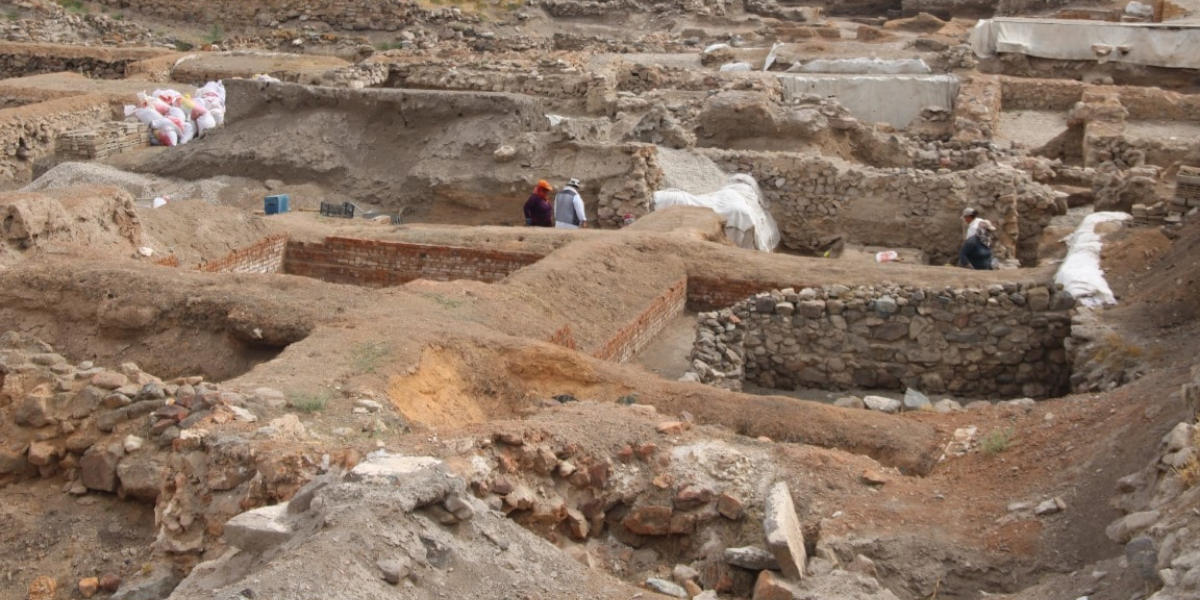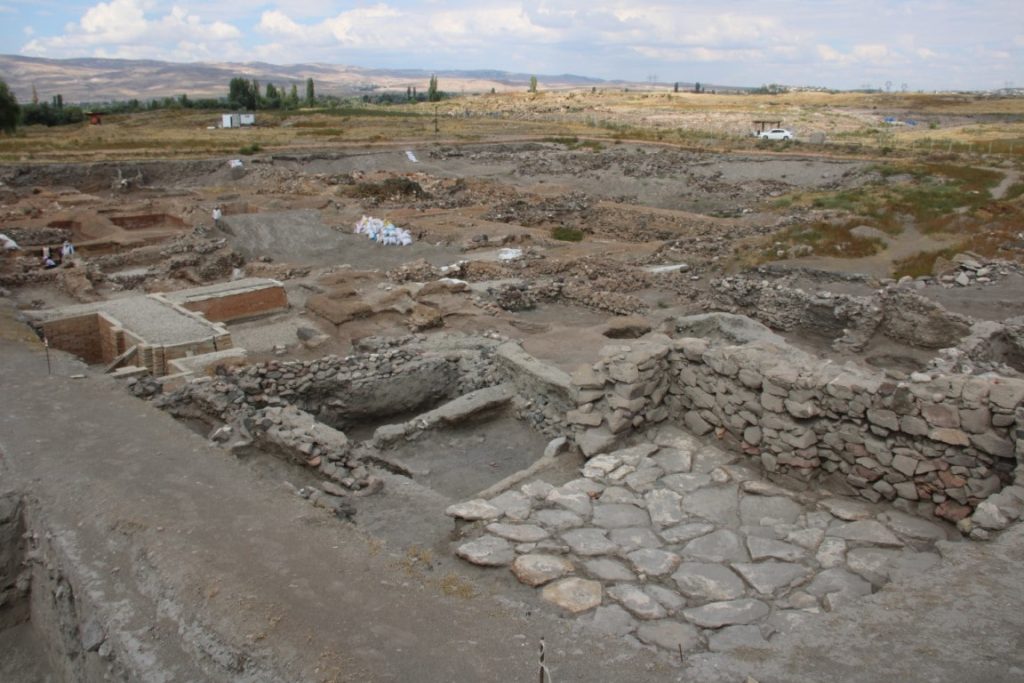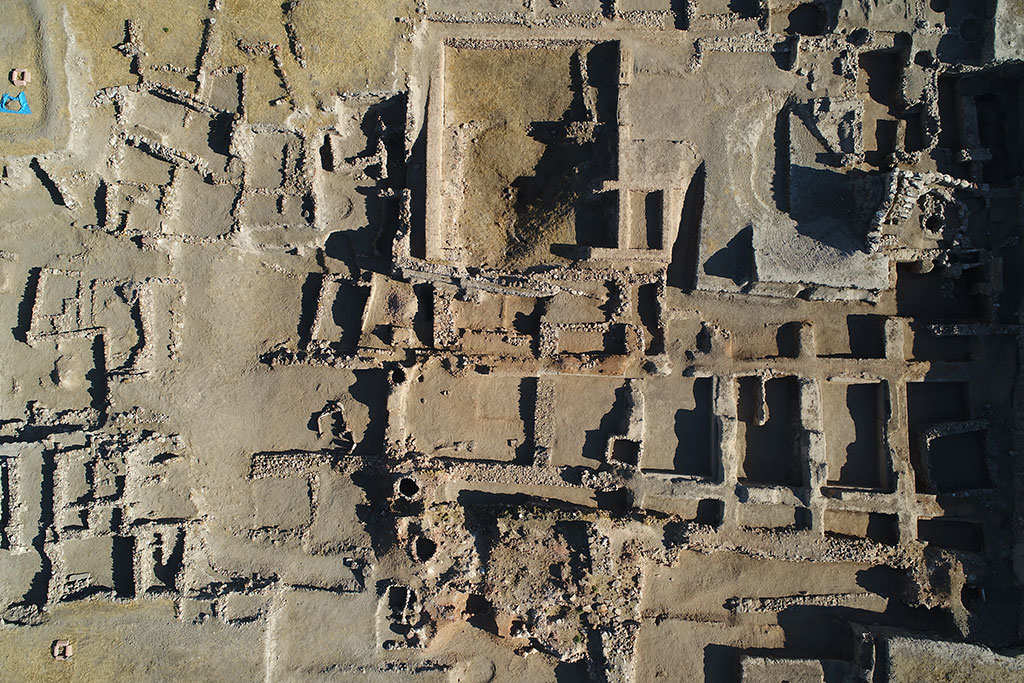
Climate change may be the cause of the catastrophe 4200 years ago in Kültepe, where written history began in Anatolia
Experts think that climate change may have been the cause of the disaster 4200 years ago in Kültepe, the largest karum of the Assyrian trade colonies period when written history began in Anatolia.
Kültepe, also known as Kaniš or Neša, is located in the province of Kayseri in modern-day Türkiye.
Thanks to the cuneiform tablets discovered during the ongoing archaeological excavations in Kültepe, important information about the economic, social and political structure of Anatolia’s Bronze Age period has been reached.
Kültepe, one of the world’s first organized trade centers founded by the Assyrians, became an important economic power in Anatolia.
📣 Our WhatsApp channel is now LIVE! Stay up-to-date with the latest news and updates, just click here to follow us on WhatsApp and never miss a thing!!

4200 years ago, climate change brought disaster
The findings of this year’s Kültepe excavations, which have been going on for about 75 years, suggest that climate change may have been the cause of the catastrophe that caused the collapse of monumental structures 4,200 years ago.
Prof. Dr. Fikri Kulakoğlu, Head of Excavations at the Kültepe-Kaniš-Karum Ruins; “Among the causes of this disaster; there should probably be climate-related problems. We can say that this disaster occurred due to climate change. Of course, these are the first results, we will make a clear announcement after further examination.”
Prof. Dr. Kulakoğlu said, “We had questions about both the beginning and the end of the Bronze Age. We started to work to illuminate the place of Anatolia and Kültepe in these ages.”

Kulakoğlu said that they collected good data and during the analysis of this data, they determined that the great monumental structures that we have seen so far in Kültepe had ended with a great disaster. “We tried to look for the cause of this disaster. We tried to understand exactly when this disaster happened. Regarding this issue, there should probably be climate-related problems among the causes of this disaster, which is actually seen in very few places in Anatolia but which we clearly see here, which occurred approximately 4,200 years ago. We can say that this disaster occurred due to climate change.”
In Kültepe, layers dating back to 6 thousand years ago were found. In the next excavations, it is aimed to illuminate the history of Kültepe, which goes back to 7 thousand years ago, in layers.
Cover Photo: IHA
You may also like
- A 1700-year-old statue of Pan unearthed during the excavations at Polyeuktos in İstanbul
- The granary was found in the ancient city of Sebaste, founded by the first Roman emperor Augustus
- Donalar Kale Kapı Rock Tomb or Donalar Rock Tomb
- Theater emerges as works continue in ancient city of Perinthos
- Urartian King Argishti’s bronze shield revealed the name of an unknown country
- The religious center of Lycia, the ancient city of Letoon
- Who were the Luwians?
- A new study brings a fresh perspective on the Anatolian origin of the Indo-European languages
- Perhaps the oldest thermal treatment center in the world, which has been in continuous use for 2000 years -Basilica Therma Roman Bath or King’s Daughter-
- The largest synagogue of the ancient world, located in the ancient city of Sardis, is being restored











Leave a Reply